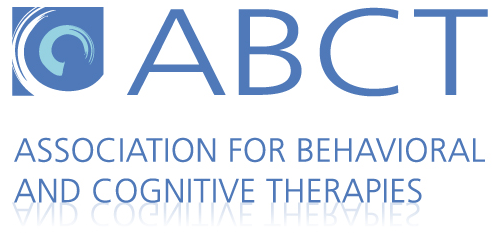Fear, Worry, & Anxiety Disorders
Created on August 5, 2017. Last updated on March 6th, 2024 at 04:52 pm
Take me to the effective therapies for anxiety
 Fear and Worry
Fear and Worry
Emotions such as fear and worry are commonly experienced by children and adolescents as a normal part of maturing. But when these emotions get in the way of your child’s daily life and disrupt his or her routine, this could be a sign of an anxiety disorder.
What is Anxiety?
Anxiety is an emotion that involves feeling nervous, scared, afraid, or worried. Usually, we feel anxious when we think something bad is about to happen.
When is Anxiety a Problem for a Child?
Although everyone experiences anxiety, some children begin to feel anxious and/or worried so often or so intensely that it makes them feel really uncomfortable and starts to interfere with their daily lives. A child or adolescent may have an anxiety disorder if they have an extreme response to a situation or event that they believe is threatening, and if the intensity of the reaction is out of proportion to the actual danger. This anxious response often includes thoughts of approaching harm or danger, a heightened physical response, such as increased heart rate and rapid breathing, and the avoidance of situations or events that cause the child to worry.
The experience of a child or adolescent with an anxiety disorder can lead to considerable distress and can interfere with his/her daily activities at school, at home, or with peers.
Other common ways in which people may experience anxiety include:
- Panic attacks
- Selective mutism, in which a child is unable to speak in particular situations
- Anxiety when separating from a caregiver
- Anxiety in social situations
Effective Therapies for Anxiety
The research shows that treatment of mild anxiety should begin with therapy. However, if your child suffers from moderate to severe anxiety, a combination of medication and therapy may be the best approach. Talk to your child’s doctor about the most appropriate treatment for your child’s symptoms.
If your child’s doctor decides that his/her symptoms would be best served through a combination of medication and therapy, cognitive behavioral therapy (CBT) is an effective and appropriate treatment for children and adolescents with an anxiety disorder. Beyond CBT there are several other treatment approaches that are likely to be helpful for children and adolescents.
Below are different therapies for anxiety that have been well-established in research to work. These therapies have been tested by researchers and child psychologists and ranked based on how well they work for children with anxiety.
Treatments that work well, include:
The chart below includes more information on the various forms of evidence-based child and adolescent therapies for anxiety. These therapies have been tested by researchers and clinical child and adolescent psychologists and ranked based on the evidence that shows how effective they have been in the treatment of anxiety.
| Level One: Works Well |
|
| Level Two: Works |
|
| Level Three: Might Work |
|
| Level Four: Experimental |
|
| Level Five: Tested and Does Not Work |
|
| Level One: Works Well |
|
| Level Two: Works |
|
| Level Three: Might Work |
|
| Level Four: Experimental |
|
| Level Five: Tested and Does Not Work |
|
To find out more about how these treatment levels are defined, click here.
Source(s):
Higa-McMillan, C.K., Francis, S.E., Rith-Najarian, L., & Chorpita, B.F. (2016). Evidence base update: 50 Years of research on treatment for child and adolescent anxiety. Journal of Clinical Child and Adolescent Psychology, 45(2), 91-113, http://doi.org/10.1080/15374416.2015.1046177
Comer, J.S., Hong, N., Poznanski, B., Silva, K., & Wilson, M. (2019). Evidence base update on the treatment of early childhood anxiety and related problems. Journal of Clinical Child and Adolescent Psychology, 48(1), 1-15, http://doi.org/10.1080/15374416.2018.1534208







